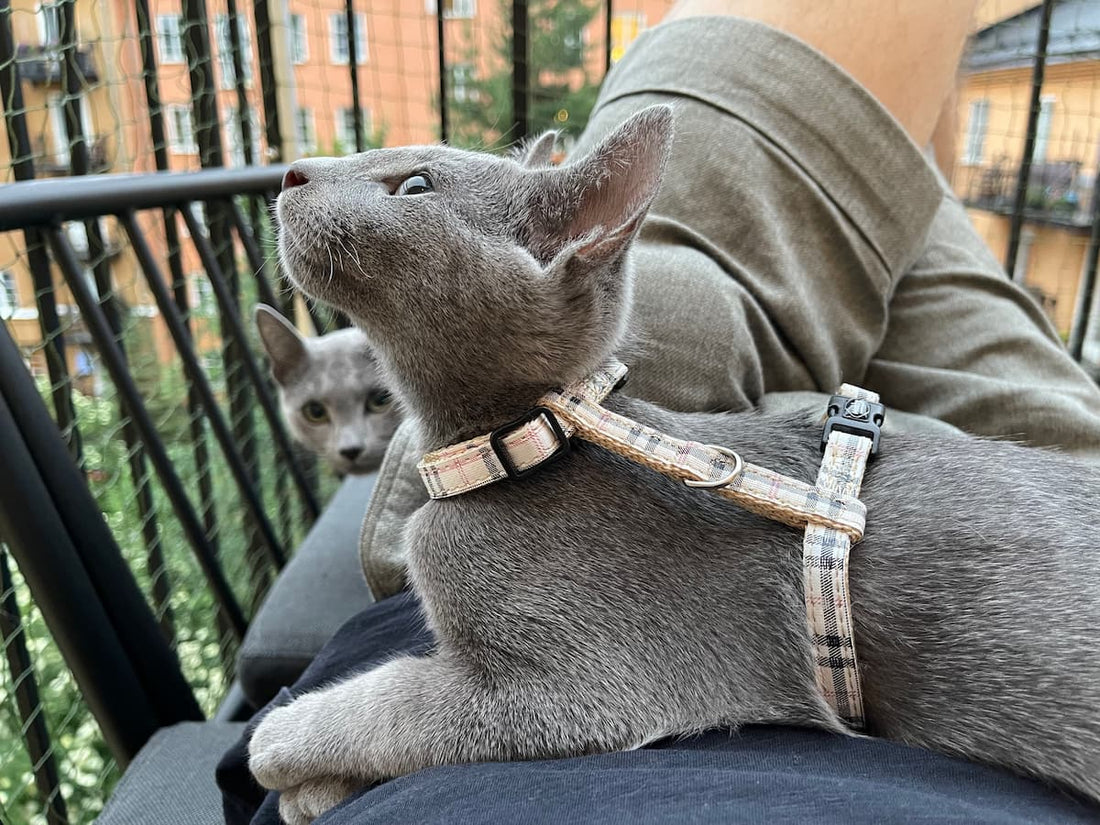
Reading Cat Play Signals: Signs That Your Cat Wants to Play
Share
Deciphering Your Cat's Playful Intentions
Have you ever tried to engage your cat in play, only to be met with disinterest or aloofness? Understanding your cat's play signals can make a world of difference in ensuring enjoyable playtime. In this guide, we'll explore the signs that your cat wants to play and how to foster a strong bond through play.
Recognizing Cat Playfulness
Eager Body Language
Watch for physical cues that indicate playfulness. A cat ready for play often exhibits lively body language, such as a wagging tail, a play bow, or rapid movements. Playful cats might lower their front end while keeping their rear elevated, signifying readiness to pounce.
Playful Vocalizations
Cats may use specific vocalizations to communicate their desire to play. The classic chirping or chattering sound when they watch birds through a window is a clear indication of their playful mood. Meowing or trilling, especially when directed at you, can also signal a desire for play.
Pouncing and Stalking
Cats often indulge in pouncing and stalking as part of their play behaviors. If you notice your cat crouching low, wiggling their hindquarters, and then springing forward, it's a sure sign they're in a playful mood. They may "hunt" toys or even your fingers in a friendly, non-aggressive manner.
Understanding Cat Play Cues
Tail Language
A cat's tail is a great indicator of their mood. When your cat's tail is held high with a slight curve at the tip, they are often feeling playful and confident. However, a puffed-up tail may signal overexcitement or even agitation, so it's crucial to differentiate between these cues.
Eye Contact
Cats use eye contact to communicate their feelings. Dilated pupils and focused attention on you or a toy can be a sign that they're ready for play. Their gaze may shift rapidly from the object of their interest to you, conveying their desire for interaction.
Positioning and Posture
The way your cat positions their body can reveal their intentions. If they're sitting or lying with their front paws tucked underneath, they may be in a playful mood. An arched back with a relaxed tail is another good sign.
When Your Cat Is Ready to Play
Timing Matters
Choosing the right time for play is essential. Cats often have specific play preferences during the day. Some are more active in the morning or evening, while others may enjoy playtime at any time. Observe your cat's natural rhythm and plan play sessions accordingly.
Creating Playtime Opportunities
Create opportunities for play by offering a variety of toys and interactive activities. Experiment with toys that mimic prey, such as feather wands or laser pointers, to pique your cat's interest.
Tailoring Play to Your Cat
Remember that each cat is unique. Some cats prefer solo play, while others thrive on interactive play with their human companions. Tailor play sessions to your cat's individual preferences and enjoy the bonding experience.
Conclusion: Strengthening Your Bond Through Play
Understanding your cat's play signals not only ensures enjoyable playtime but also strengthens the bond between you and your feline friend. By recognizing their cues and responding to their playful moods, you create a deeper connection based on trust and companionship.
Join the Conversation: Share Your Cat's Play Signals
Have you decoded your cat's play signals? Share your experiences and insights in the comments below, and learn from the experiences of other cat lovers.
For more tips on fostering a strong bond through play and enhancing your cat's well-being, subscribe to our newsletter. Join our community of cat enthusiasts dedicated to creating meaningful connections with our feline companions.
